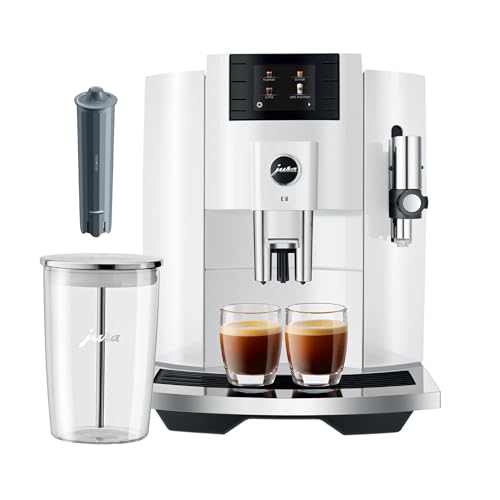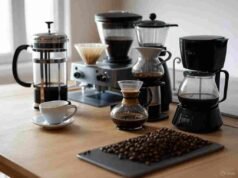Timing isn’t just for songwriters it’s equally important for coffee consumers. Brew time refers to how long water remains in contact with coffee grounds during brewing. It directly affects how much of the flavor compounds in the coffee are extracted, and consequently, what your coffee will taste like.
Miss the timing, and even the best beans and gear can lead to a subpar cup.
What Is Brew Time
Brew time is the entire time between pouring water on your coffee grounds and the ultimate separation of coffee from water. It can vary from 25 seconds for espresso to 12+ hours for cold brew. Every brewing method possesses its ideal range, and maintaining it is the first step to consistency and control over flavor.
Why Brew Time Matters
Coffee is a complex mixture of acids, sugars, and bitterness compounds. These are extracted at different rates:
Quick-extracting compounds: Acids and fruit flavors.
Middle-speed compounds: Sugars and aromatics.
Slow-extracting compounds: Bitters and tannins.
If your brew time is too short, you can under-extract and end up with sour, watery coffee. If it’s too long, you can over-extract and make bitter coffee.
Ideal Brew Times by Method
Here are some general guidelines for brew times by popular methods:
Espresso: 25–30 seconds
AeroPress: 1–2 minutes
Pour-over (V60, Chemex): 2.5–4 minutes
French Press: 4 minutes
Cold Brew: 12–24 hours
These are not strict rules, but rather guidelines for experimentation.
What Affects Brew Time?
Grind Size
Smaller grinds slow the flow of water, increasing brew time. Larger grinds allow water to pass through quickly, minimizing contact time.
Water Temperature
Hotter water speeds extraction, which can allow for shorter brew times.
Brew Method & Technique
Immersing techniques (like French press) steep the grounds longer. Pour-over is the speed at which water travels through a filter, and you control it manually.
Agitation
Stirring or blooming coffee can change the extraction rate and influence the brewing time.
Signs of Incorrect Brew Time
Too short: Sour, watery, or lacking body.
Too long: Bitter, dry, or too concentrated.
Just right: Balanced, sweet, full of flavor.
Taste is your best guide. Record your findings and adjust your method gradually until you find what works for your taste buds the best.
Brew Time Regulation Tips
Apply a digital timer during brewing to check for consistency.
Experiment grind size instead of adjusting water amount to influence brew time.
Stick to pouring technique for manual brewing like V60.
Adjust your gear regularly especially if you are working with an espresso machine.
Whether you’re pulling shots
Brew time is neglected far too frequently by beginners, but if you get the hang of it, you can dramatically improve your coffee. Whether you’re pulling shots or steeping a French press, an understanding of how time influences flavor will make you an excellent home barista.
In time, you’ll not only be brewing superior coffee you’ll be brewing it with confidence.













[…] answer: a digital scale isn’t a luxury but a necessity. If you’re still eyeballing your coffee and water measurements, you’re leaving your brew up to […]
[…] morning coffee, have you ever stopped to consider how the distance from the area it is from will influence its flavor? Like wine, coffee beans acquire certain characteristics from the ground they are grown in. […]